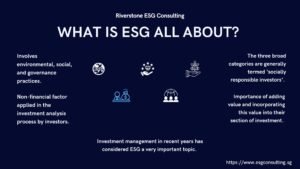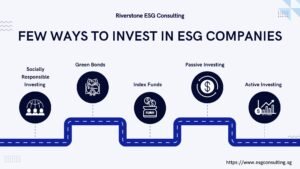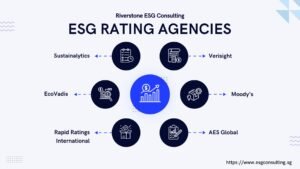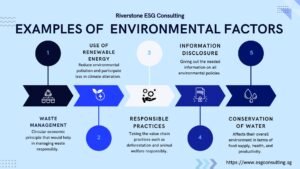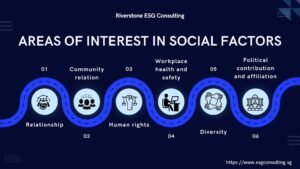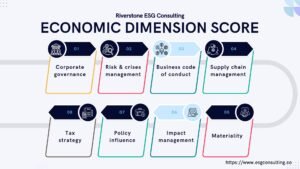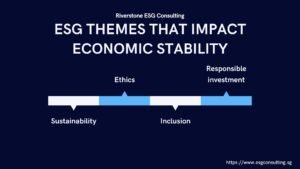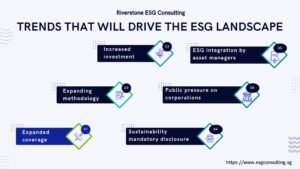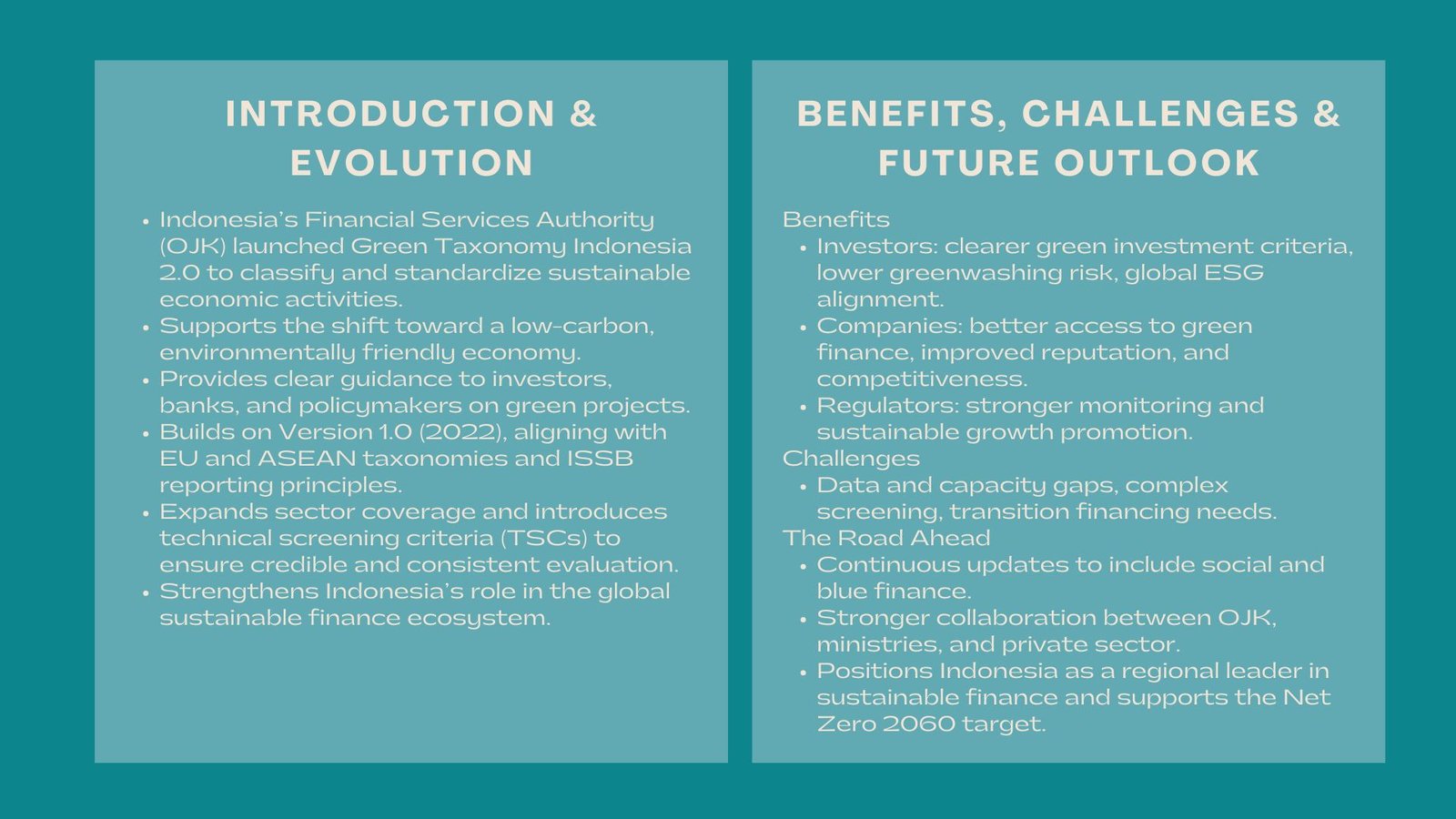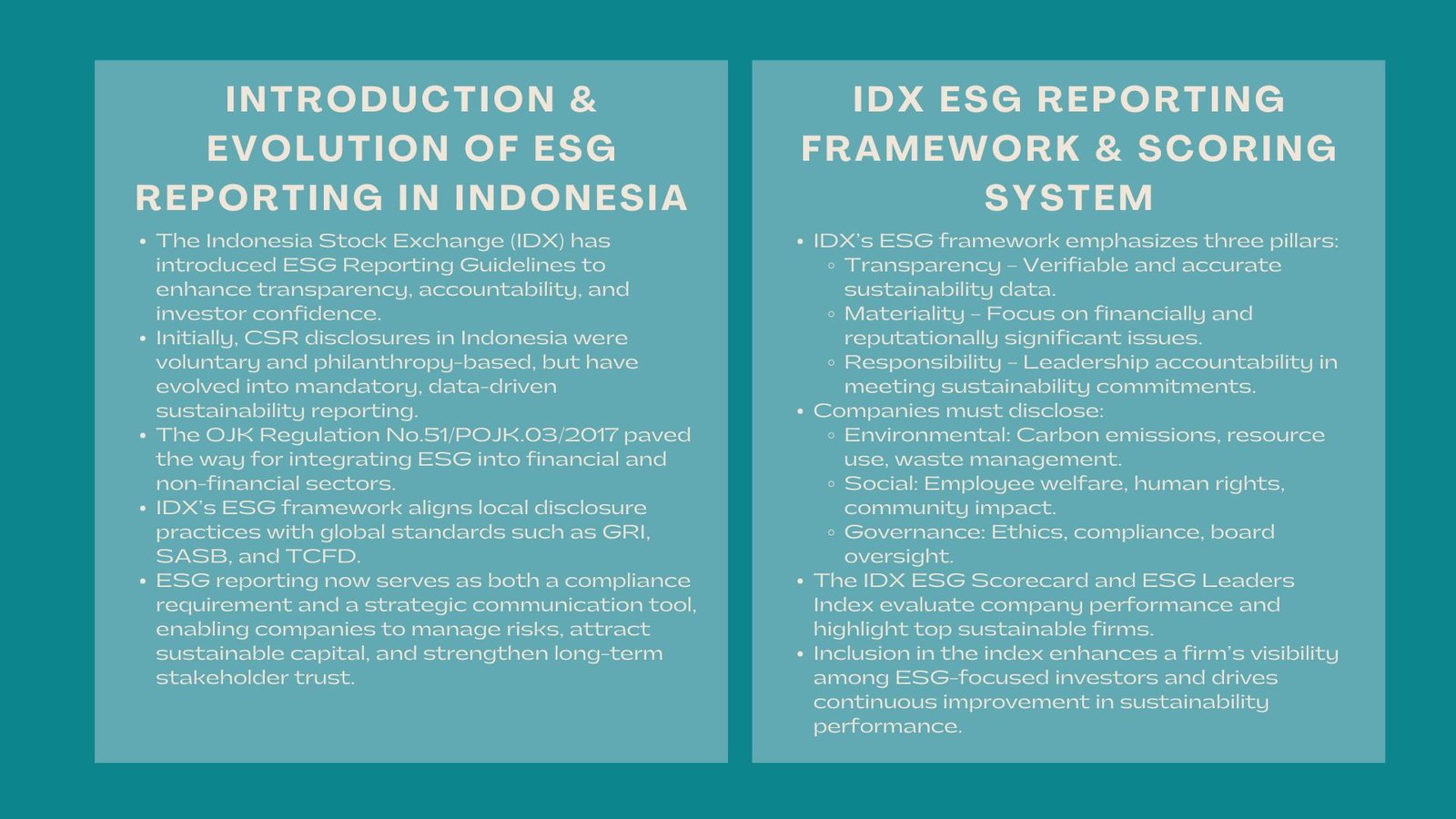Carbon Pricing and Sustainability Regulations in Singapore
Comprehensive Guide to Sustainability Regulations Singapore
Singapore is a leader when it comes to sustainability issues in Asia, as it influences a balanced view of the approach to economic competitiveness and environmental responsibility. Due to the shift of global economy to low-carbon activities, the Singapore government has made radical steps to control the greenhouse gas emission, manage corporate sustainability, and enhance green development.
At the heart of this initiative is the realization of a wholesome pricing system on carbon and a pool of environmental laws that will promote responsibility, innovation, and transformational sustainability in all industries. Not only is it now anticipated that businesses know how these regulations work, but also need to integrate them into both short and long-term compliance and resilience strategies.
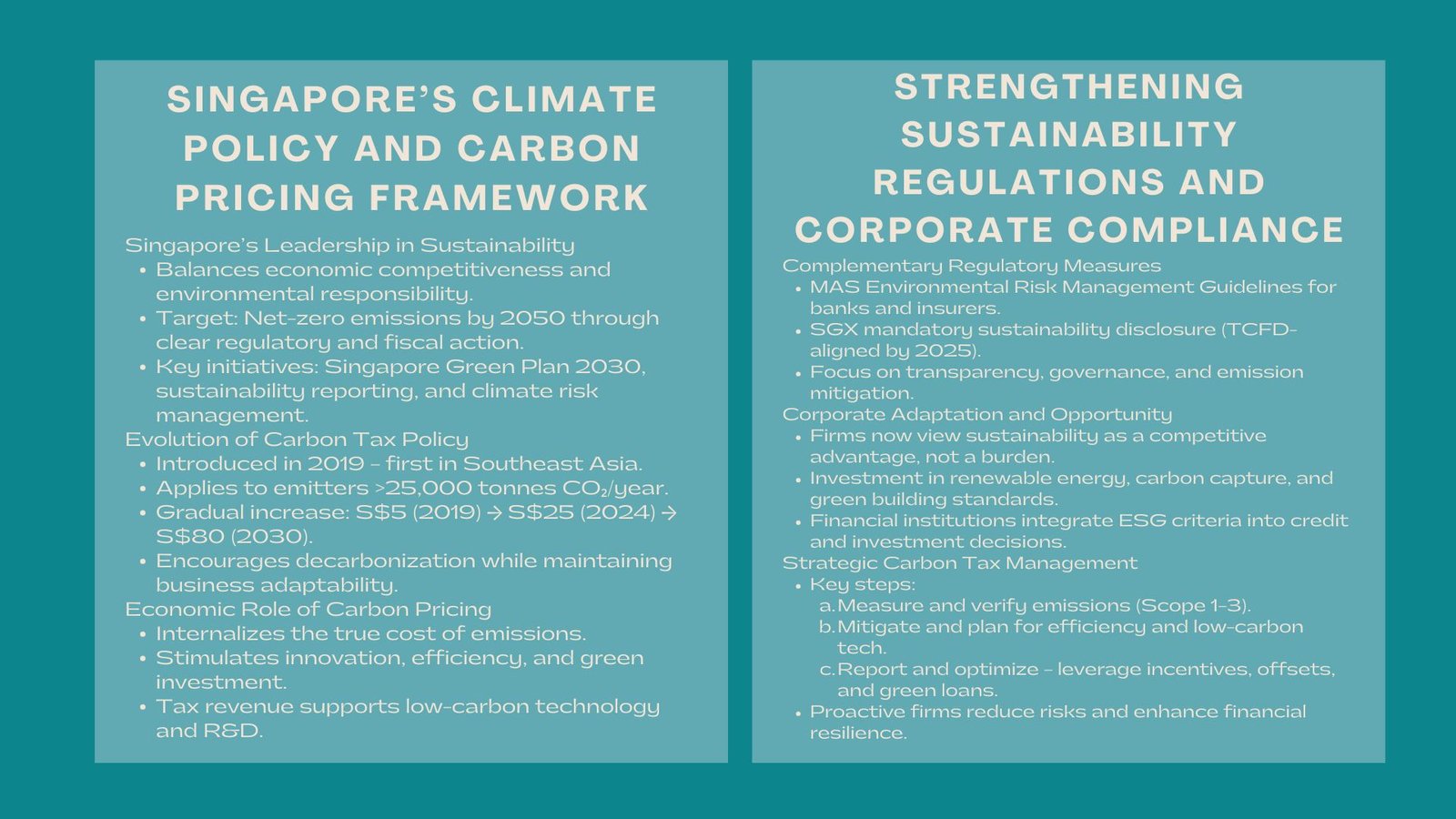
The History of Singaporean Climate and carbon Policy.
The carbon path of Singapore has started with the fact that Singapore being a resource-starved country, it has to develop in a sustainable manner and with detail and planning. The government has gradually increased its environmental policies in the last decade with the effect of the introduction of the first carbon tax in Southeast Asia in 2019.
The tax that was first imposed as S$5 per tonne of greenhouse gas emissions is imposed on those facilities whose annually emitted carbon dioxide equivalent exceeds 25000 tonnes. It will increase to S$25 against 2024, S80 against 2030, and may even hit S45 against 2026. Such slow upswing will enable industries to adjust to it and seeks to indicate a evident move towards decarbonization.
This carbon tax sits within a broader carbon pricing policy and climate regulation framework in Singapore that includes initiatives such as the Singapore Green Plan 2030, mandatory sustainability reporting for listed firms, and environmental risk management guidelines for financial institutions. These policies put together constitute the structural base of Singaporean climate ambition- to become net-zero by 2050.
What is Carbon Pricing and What is its Economic role.
One of the best methods of internalization of the cost of emissions is the carbon pricing. It puts a physical cost on carbon that forces businesses to be innovative and minimize their environmental impact. The model used by Singapore is especially strategic as it does not only promote behavioral change, but also makes sure that the revenue gathered is reinvested to green innovation and low carbon technology.
Carbon pricing has changed the financial calculus in the case of businesses. There is a direct implication of a cost charge on the level of emission and this impacts on the viability of the project, planning the investment and even access to finance. Energy industries, petrochemicals industries, transport industries, and manufacturing industries are forced to consider costs of carbon in their assessment of the efficiency of operations.
More so, the system has introduced a new ecosystem of sustainability services where consultants, auditors, and ESG specialists assist companies to be in line with the national targets. Carbon footprint analysis to transition planning, business is now adopting professionalism to deal with the regulatory maze.
Strengthening Sustainability Rules outside Carbon.
Even though the concept of carbon pricing is the foundation of the climate policy in Singapore, other regulations are being complementary to make the approach comprehensive. The sustainability compliance and carbon tax management strategies in Singapore encompass environmental reporting obligations, waste management frameworks, and renewable energy incentives.
The Monetary Authority of Singapore (MAS) has provided Environmental Risk Management Guidelines that all banks, insurers, and asset managers undertaking such operations should evaluate environmental risks in their portfolios. Likewise, Singapore Exchange (SGX) requires all listed companies to disclose their sustainability, and climate disclosures are in line with the Task Force on Climate-related Financial Disclosures (TCFD), which will require from 2025.
These frameworks bring about an increased level of transparency and consistency to make sure that businesses do not just report their data on emissions but also their mitigation measures, their governance framework and their risk management practices. This is aimed at seeing each corporate body play a significant role in the national transition agenda.
Business Adaptation: Compliance to Opportunity.
The sustainability regulations and carbon were initially perceived by the many corporations as compliance hurdles. Nowadays, progressive companies are aware of them as business opportunities. The capability to control emissions effectively, report transparently and be innovative in sustainability has been turned into a competitive advantage in the domestic as well as international markets.
To illustrate, the industries that consume a lot of energy are investing in more environmentally friendly technologies, including carbon capture and storage systems, renewable power production, and digital monitoring. The real estate developers and construction companies are embracing the principles of green buildings and sustainability to align with the national objectives.
Financial institutions are also on the offensive – incorporating the ESG into lending, investment and underwriting processes. Those companies that exhibit good performance in sustainability usually get preferential rates of financing and increased confidence among investors.
The ESG Advisory in the Compliance Management.
In this increasing regulatory depth, ESG advisory firms are important in helping companies to understand and apply these frameworks. Professional advisors can help enterprises in emissions measurement, calculation of the carbon tax, and design of individual compliance roadmap.
They also help the organizations to come up with internal governance systems, where the responsibilities of sustainability are well articulated at the board and management levels. Employees are informed on the effect of their day to day decisions on the carbon footprint of the company, which creates a culture of responsibility and self improvement through the training programs.
With the inclusion of sustainability in business operations and decision-making, companies can not only make sure they comply with the regulations but also develop resilience to market and reputational risks.
The Carbon Tax Management and Strategic Planning.
Carbon taxation is not merely a punishment system, it is a carat to change the corporates. The carbon tax requires companies to record the correct emissions, submit the information with the National Environment Agency (NEA) and seek ways of mitigating the tax.
Effective sustainability compliance and carbon tax management strategies in Singapore involve three critical steps:
- Measurement and Verification: It is necessary to put in place proper systems that measure emissions at the facilities and supply chains.
- Mitigation Planning: The recognition of operational efficiencies, adoption of renewable energy, and low-carbon technology.
- Reporting and Optimization: Filing certified data on emissions including exploiting tax relief incentives, offsets, and green financing instruments.
Companies that are proactive will be able to reduce financial risks, find opportunities to save money, and become leaders in corporate sustainability.
Green Financing and Commercial Incentives.
The green finance ecosystem in Singapore helps companies to shift to a sustainability state. The government has also come up with the Green Finance Action Plan and the Green Taxonomy framework that would be used to direct sustainable investment and lending.
Businesses are able to access capital that is linked to ESG performance targets through sustainability-linked loans and bonds. Such tools do not only enhance accountability but also incentivize the firms that show quantifiable improvement in the reduction of emissions and resource efficiency.
The consistency of financial policy and regulation on the environment supports the role of Singapore as a sustainable finance center in the region. It also makes sure the private sector is actively engaged in the process of decarbonization of the nation.
Challenges and Future Prospects.
The use of carbon accounting remains a challenge to companies, with issues of data accuracy, cost management, and lack of knowledge on how to conduct the process despite strong policy direction. The small firms, especially, might not be able to meet the requirements because of resource limitation.
In order to deal with these challenges, universities and governments are increasing their activities regarding the public-private alliances and knowledge sharing. Training programs, electronic applications and network teams are assists organizations in closing capability gaps and fulfilling new reporting standards.
In the future, the carbon pricing system and sustainability regulations of Singapore will keep on changing. The government will also enhance its tax system, internationalize and increase market incentives toward green innovation.
Conclusion
Carbon pricing and sustainability regulations in Singapore is a critical move towards influencing an economy that survives well within the confines of the planet. Fiscal policy coupled with regulatory control combined with financial innovation is a model of sustainable growth in the entire Asia.
To businesses, these changes highlight a simple fact that is hard to deny due to its value: sustainability is no longer a luxury, it is a part of a long-term success. Firms that have been open, invested in greener technologies, and established robust compliance systems are not only going to be serving changing regulations, but also will be in the forefront in the transition of the region to a greener future. This aligns with the principles emphasized in Renewables Energy Finance Training Singapore, which supports companies in understanding and financing sustainable energy transitions.

